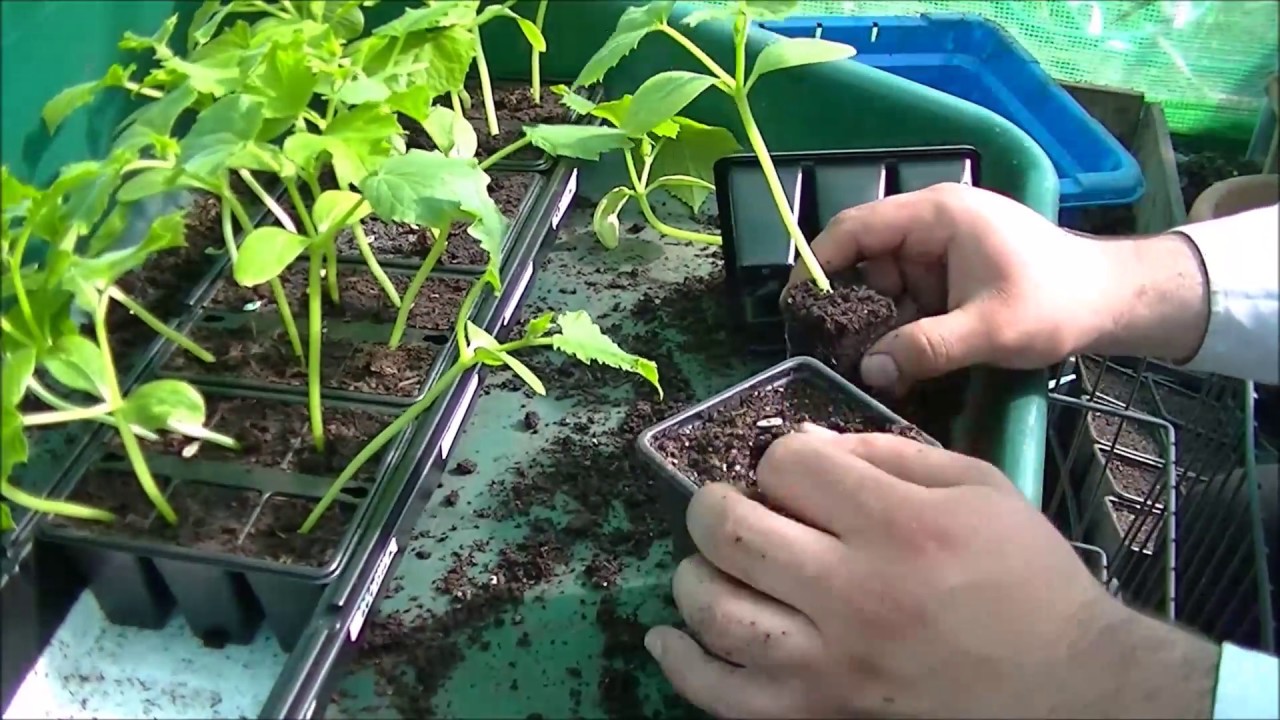Growing cucumbers from seedlings can give your crop a head start on the season compared to direct seeding. But timing is critical when it comes to transplanting cucumber seedlings outdoors. Doing it too early or too late can jeopardize the health and productivity of your plants.
Follow these tips to identify the ideal window for transplanting cucumber seedlings in your area.
How Transplant Timing Affects Growth
Getting the transplant timing right for cucumber seedlings is important because it directly impacts how well the plants establish and grow
Transplanting too early while temperatures are still cool can stress seedlings, resulting in:
- Poor root development
- Stunted growth
- Increased disease susceptibility
Waiting too long into summer exposes tender seedlings to hot. dry conditions that can
- Shock the plants
- Inhibit root establishment
- Cause wilting or leaf scorch
Timed properly, transplanting cucumber seedlings enables robust, rapid growth and maximum yields So when exactly is that ideal transplant window?
Aim for After the Last Frost
The number one factor determining cucumber transplant timing is the date of your region’s last spring frost.
Cucumber seedlings are extremely frost tender. Exposure to freezing temperatures will damage or kill them.
Therefore, most gardeners recommend transplanting cucumber seedlings outdoors only after the final frost of spring has passed.
Contact your local extension office or search online to find the average final frost date for your zip code. This gives you a target timeframe.
Wait for Warm Soil
After the threat of frost is gone, the next key factor is soil temperature.
Cucumber seedlings require consistently warm soil to take root and thrive after transplanting.
Ideally, soil temperature should be 70°F to 85°F at the time of transplanting cucumber seedlings.
Using a soil thermometer, check the temperature at the intended planting depth in your garden beds. Measure over several days until you see suitable warming trends.
If soil is slow to warm, use plastic mulch to help heat it up more quickly. Just be sure to pull it back before transplanting.
Aim for Mid to Late Spring
In most regions, the optimal transplant window aligns with mid to late spring, often May or early June.
This is generally 1-2 weeks after the average final spring frost date for your area.
The exact dates will vary based on your local climate conditions. Earlier in southern zones, later in far northern zones.
If you’re unsure of the ideal timeframe, consult local nurseries or experienced gardeners in your area for their recommended transplant times.
Other Factors to Consider
Along with frost and soil temperature considerations, a few other factors come into play when deciding transplant timing:
-
Seedling age – Older, larger seedlings tolerate transplant better than younger ones. Wait until at least 3-4 true leaves.
-
Air temperature – Gradual warming trends, with days in the 70s, provide a better environment than erratic cooling and heating.
-
Weather forecast – Avoid transplanting just before extreme heat, cold snaps, or heavy rains are predicted.
-
Sun exposure – More established transplants withstand full sun better than tender young ones. Provide shade for younger plants.
-
Your schedule – When can you devote the time and attention needed for successful transplant recuperation?
How to Tell If It’s Too Early or Late
Because so many variables influence the best transplant time, keep a close eye on your seedlings to make sure conditions are right:
-
Too early signs – Purpling or yellowing leaves, slowed growth, drooping.
-
Too late signs – Wilting severely in sun, leaf scorching, failure to establish.
Be prepared to protect plants with row cover or provide shade if they show stress from suboptimal timing.
With close observation and proper adjustments, you can still achieve transplant success slightly outside the ideal window.
Aim for the Sweet Spot
Patience pays off when it comes to transplanting cucumber seedlings. Wait for that Goldilocks “just right” time, neither too early nor too late in the season.
Monitor soil and air temperature trends along with weather forecasts. Then choose your ideal transplant timing in the 1-2 weeks following your last spring frost date.
With proper timing guided by soil temperatures over 70°F, your transplanted cucumber seedlings will take off quickly, delivering vigorous vines and bountiful harvests.
How To Grow Cucumbers Part 2 – Replanting
FAQ
How big should cucumber seedlings be before transplanting?
When can you plant cucumber seedlings outside?
Are cucumbers sensitive to transplanting?
How long to grow cucumbers indoors before transplanting?
- The Ultimate Guide to Growing Strawberries in Raised Beds - August 8, 2025
- No-Dig Garden Beds: The Easiest Way to Grow a Beautiful Garden - August 6, 2025
- How to Protect and Preserve Wood for Raised Garden Beds - August 6, 2025

